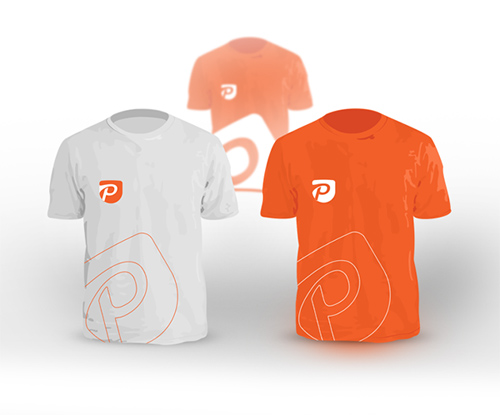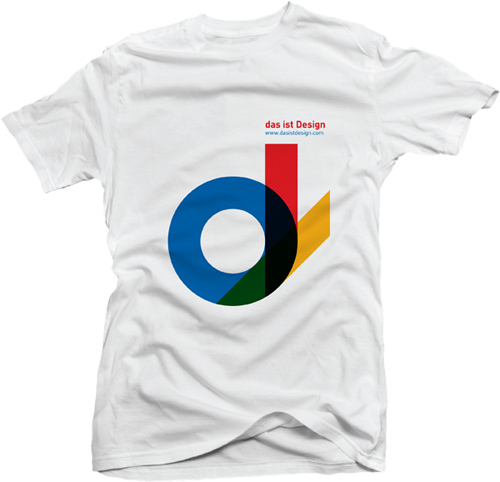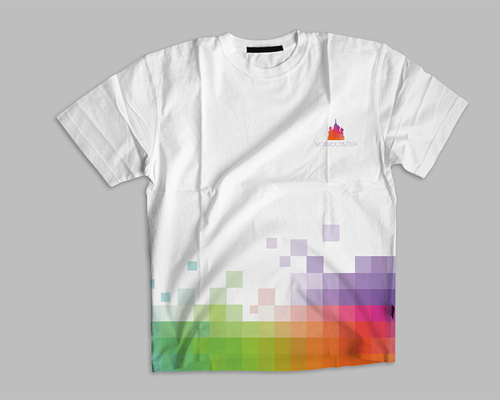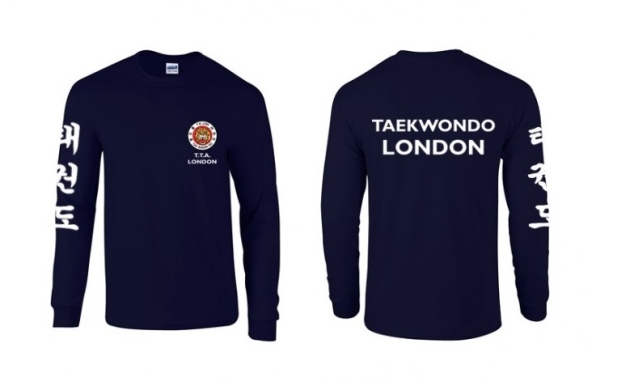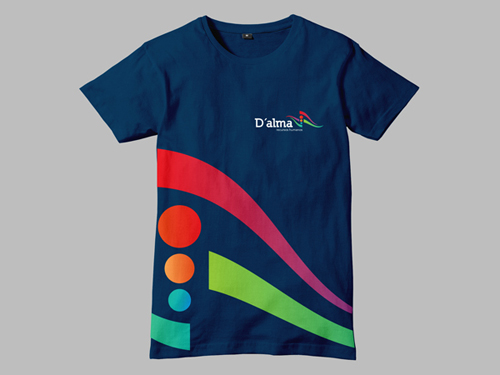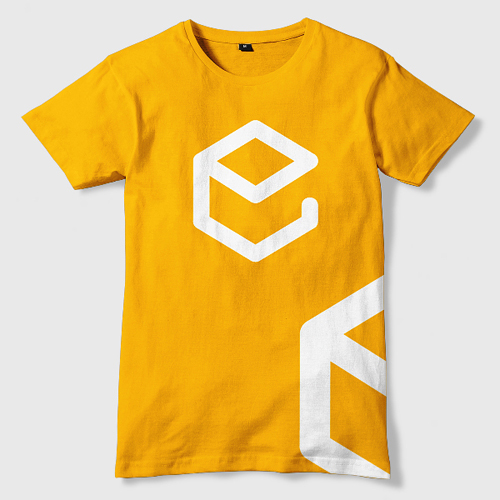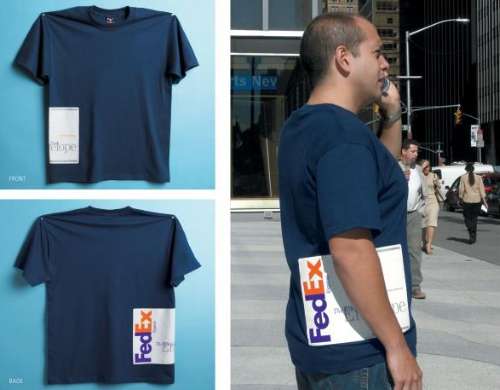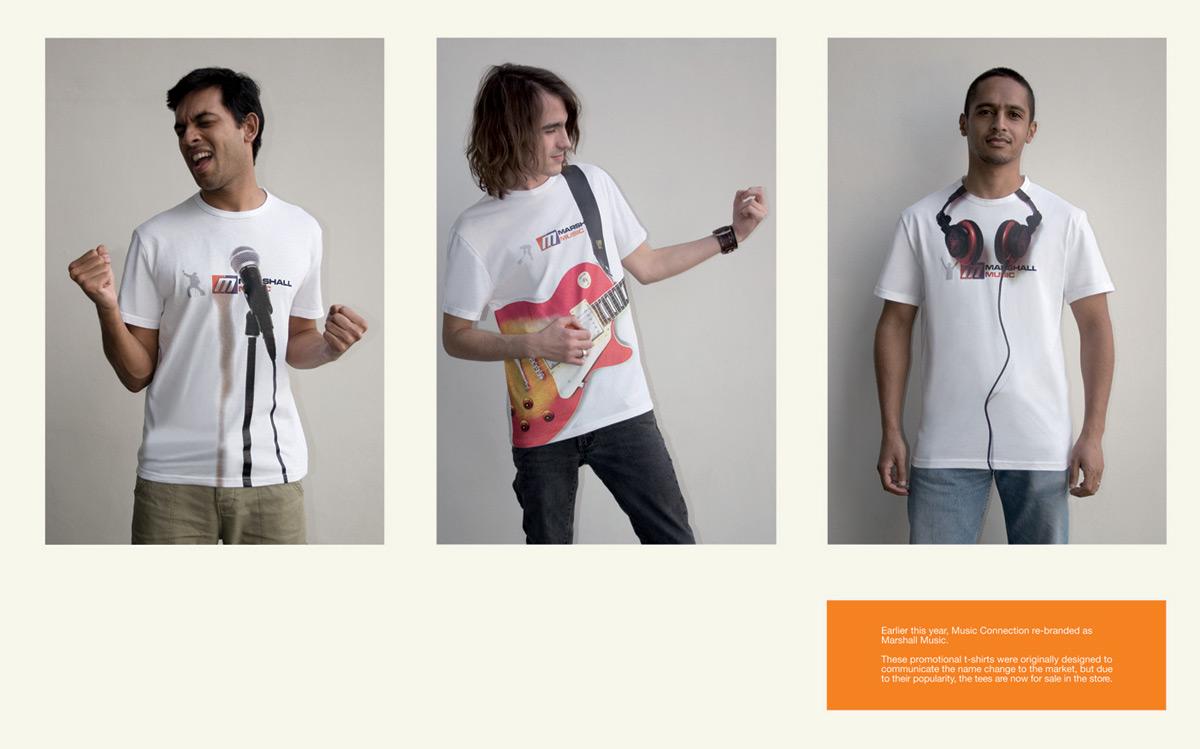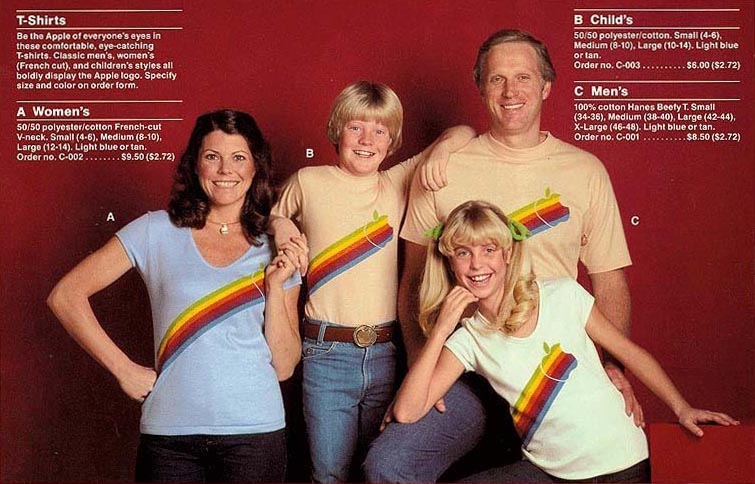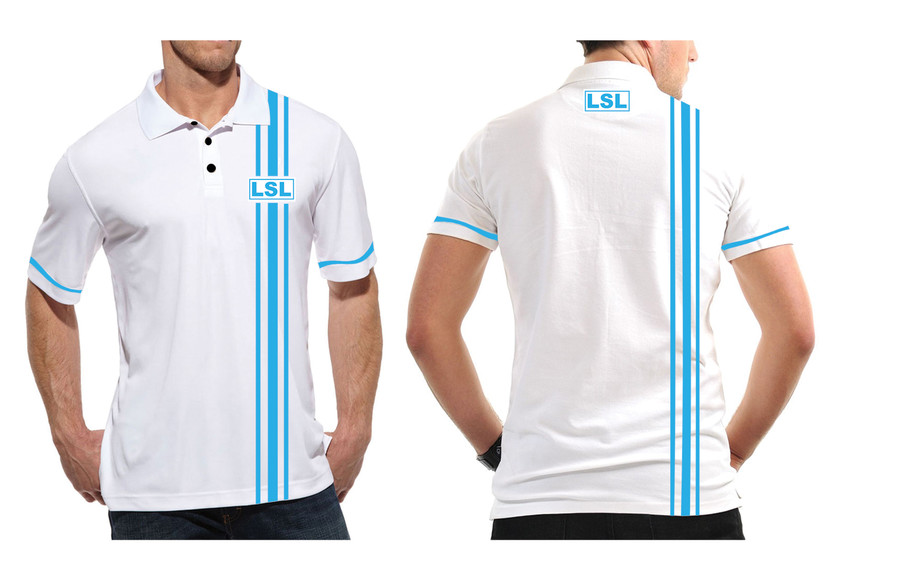
Lucrative Revenue Stream- Selling Promotional T-Shirts
Promotional shirts are as popular as ever! From clever guerilla marketing tactics to business team building days, they are still a marketing weapon to be reckoned with.
For us t-shirt selling hustlers, this presents us with a incredible opportunity to generate additional revenue, recognition and brand exposure. If you can get in with the right companies and supply them with awesome promotional t-shirts, you'll be laughing.
Working with company names and logos may be tricky, but it isn’t impossible. Whether you need to include a team or group name, a corporate image, or other moderately complex designs, there are some best practices to follow for your promotion design needs.
10 Best Practices for Creating Kick-ass Promotional T-Shirts
1. Mindset Shift: Think Promotion, Not Fashion
While the printing process remains the same, it’s important to remember from the design side that these shirts are for promotional use, not so make a fashion statement. This may not be the most exciting set of shirts ever made, but at the end of the day, it needs to get a message across. Your job is to ensure that it effectively markets the brand without going over the top with distracting design choices.
Before working with the client’s order, it’s best to discuss which designs they would like. Sometimes companies don’t know any better and want loud, busy designs; others simply want a cheap white shirt with their logo on the chest. But by nailing them down for specific design choices now, you can avoid having to redo the shirts later.
By coming to an agreement regarding styles, colors, and images you can help them out by removing most of the guesswork. Companies always think they want an artistic and edgy design until they see the end result. It may hurt creatively to keep the design so simple, but in the end the customer is always right.
2. Mindset Shift: Working with Your Client, Not For Them
Understanding the client’s needs goes beyond shirt colors and styles. By getting a complete picture as to what sort of promotion they are looking to achieve, you can develop a better overall plan to create their shirt. By knowing the specific target audience, what they’re looking to achieve from others wearing it, and why they’re holding the promotion in the first place, you can better develop a design that will solve all of their needs.
Another factor to consider is what sort of turnaround they are expecting. Obviously, more complicated designs are going to take longer, but that doesn’t mean that they understand the printing process. Explain to them what sort of timetable you would require for each type of design and they should be more understanding. If time is a more valuable factor for them, try to sketch out a scaled down version of their design and find some middle ground.
Finally, as anyone who has ever worked with a corporate client will tell you, what they want and what is physically possible are usually two separate things. Advise them on what you are able to do with their time restraints and budget, as well as things that are simply impossible to do under the circumstances. Ask them if they’re basing their decisions off of existing designs, and if so, ask them to show you so can help them understand the project from your side.
If possible, once they’ve shown you what they would like, try and sketch out some rough ideas on the spot. This way they can better guide you towards the finished project they are expecting, and they can have a more concrete idea of what is and isn’t possible.
3. Handle Creativity With Care
In some cases, your promotional customer will give you carte blanch in terms of creativity, and other times they want nothing more than what they’ve given you. Ask up front about creative restraints, because more often than not they haven’t even considered that as an option. The last thing you want is to completely redo a shirt, all because a simple question went unasked.
If you have what you believe to be a winning idea but they don’t want to budge off of their bland design, try making one of each, if possible. While it is double work, it can really help you pursue a long-lasting client relationship, as well as give you an opportunity to show off your skills. And since you still have the design that they want front and center, you won’t have to start all over again. Just be sure that they understand that they are in full control of the design choice and that you merely are offering the more artistic design as an option.
4. Work With Their Fonts
While by now you’re probably already familiar with which fonts you can print with, as well as which ones are easier to work with than others, some company reps are just married to certain fonts. One of the best things you can do to make the relationship work is to go over which fonts you can and cannot work with, especially with the constraints that their job has.
Other clients are going to be completely oblivious to different fonts. If they give you the green light to use whichever ones are easiest, take them up on it; just be sure to show them first. The last thing any corporate client will want is a shirt covered in Comic Sans.
If their company utilizes a custom font, make sure they have enough materials that you can work with. It may seem tedious, but if they have a specific typeface they will immediately know the difference between it and simply “close enough”. Also, now is a good time to let them know if working with their typeface is going to be too expensive or not. While this may be a deal breaker, most will value the heads up and will be willing to work with you.
5. Adopt Their Color Palette
Another sticking point is which colors that they require, as well as ones that they absolutely will not allow. The good news is many corporate logos use the same color palettes as other logos, while other logos will be more complex. The other problem is that some clients are too vague with their preferred color palette, simply referring to colors by their vaguest names; other clients may have complicated colors and Pantone codes, which may be difficult to obtain.
This stage is crucial for both sides to understand each other. Chances are, no matter how specific or vague their color needs are, some compromises will need to be made. If you’re able to, show them how certain colors look when printed, and try to push them towards colors you can print with.
Sometimes they want you to create a palette for them. Although at first it may seem like you have free range, chances are they still have certain colors that they would prefer you to use. When choosing colors for a client, it’s important to understand what those colors represent, how they work together in the printing process, and how close/opposite they are to their logo.
6. Don't Mess With Their Logos
Speaking of logos, it’s important to keep in mind how to work with a company’s logo. This isn’t just another image; this is what defines and represents their company as a whole. No matter how much creative leeway you may have, the logo is more likely than not off limits. When working with someone else’s logo, the colors, sizing, and placement needs to be discussed before it goes to printing.
7. Keep Graphics & Illustrations Simple
Chances are you’ll be able to use some degree of pictures or illustrations in addition to the logos that they provide. But the true mark of a professional will go deeper than treating it as clipart. By understanding any and all representations or meanings behind these graphics, you can avoid any accidental gaffes later on. As long as an image can play nice with their brand, it shouldn’t be an issue.
There are many examples of well-known multinational corporations utilizing promotional tee shirt designs for specialized marketing needs. But most of the time these companies want simple illustrations used so that it doesn’t distract from the company’s logo. It’s best to balance eye-catching designs and simplicity to easily make a win-win situation.
8. Ensure Proper Image Formatting
Even the world’s best design is rendered useless if it’s incompatible with the client’s preferred printing tactics. This is another reason to keep images simple; when a big name company orders shirts, the last thing they want to hear is that their order was too complex. Honesty is always the best policy, even if you have to tell them that what they want and what you can do are two separate things.
This doesn’t just pertain to images, either. If your client wants a specific type of printing technique and you aren’t well-versed enough in it, let them know up front. They may opt to go with a different printer because of this, but they will appreciate you forewarning them. If you can explain why you avoid that type of printing, simply explain your reasons why – they may just rely on your judgment and expertise.
9. Lock Down Your Printing Process
Once your initial designs have been approved, it’s time to get to work! Just be sure that you have everything you need to complete it properly; the more items you can be sure of now, the fewer issues you’ll run into later. This includes colors, proper printing formats, font types, and images and ensuring that they are all compatible with your process.
Any shirt design printer will rely on CMYK printing formats, but the client’s design is looking for an RBG format. Sometimes your CMYK printer can tackle it without issue, and other times it’s a complete mess. The first step is to make sure you have the correct Pantone codes, and that the images used will take with both the color palette and printer.
The best way to head off printing issues at the pass is to provide the client with previous works in different printing techniques. His way they can physically see the difference, and not just try to understand what you are telling them.
Another area everyone forgets at one point or another is simple mistakes utilizing fonts. Fonts always need to be converted to outlines, but it’s easy to forget this step. This is especially true as you aren’t completely handling the design, but utilizing fonts and images already created.
Finally, watch the design file types. Sometimes you need it saved as a PDF, and other times other formats are better. If you aren’t quite sure which is best for your specific situation, utilizing PDF is generally pretty safe, so long as it’s a high-quality sample. Anything less and the design risks coming out blurry.
10. Create and Supply Samples
Chances are if you’re crafting a promotional shirt for someone, it’s a pretty major client. The last thing you need is a surprise. One of the best things you can do is to order a sample run; this way you can know exactly how the batch will turn out. Most printing companies will be more than happy to ship a sample, knowing that it’s in their best interest because of the larger order that will be placed later on.
Design Inspiration
If your client is willing, you can take your simple shirt design and transform it into a powerful eye-catching shirt. From utilizing colorful, cute corporate mascots in a fun design or even going for unique optical illusions, there is a lot of room to play with simple designs that are still effective. For instance, shipping companies such as FedEx have used simple designs that make it seem as if someone is holding one of their packages against their side.
Companies such as Marshall Music have used hyper-realistic images to create the illusions that are specific to their industry. This includes headphones, microphones, musical instruments, and others.
These Apple promotional t-shirts are a great example of harnessing nostalgic power to market their brand. By using a company’s original logo and font, they can created a limited-run promotional shirt design that captures a retro spirit. If there's a rich history behind your client's brand or business, this could be an interesting avenue to explore.
Other companies have partnered with sports teams and other organizations, utilizing a cross between their own logos, colors, and fonts and crafting sports jerseys, hats, and other memorabilia. Not only is this an easy fit, but one that can be sold in many different regions and locations.
Tying it All Together
When creating promotional shirts, it’s important to make sure all the separate details tie together and flow as one. Ensure the brand takes center stage and staying within the lines of what the company gave you to work with. If you plan on going off the menu creatively, remember to keep it professional and in line with their brand.
Before sending the design off to print, make sure you have everything squared away, including color codes and CMYK compatibility, proper font types that are outlined, and the right file type for your design. By ensuring all of these items now, you can reduce the risk of issues and have your shirt designed as efficiently as possible.
Now get out their and start generating an additional revenue stream by making kickass promotional t-shirts!

